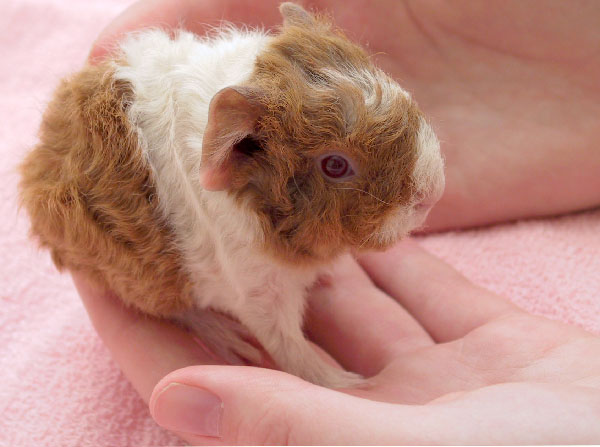
ADVERTISEMENT
I had the flu in the winter of 2009-10. This was when the swine flu was going around but I had the regular flu, the swine flu was a different strand. That was a bad winter where I live so it kept the virus spreading. This year the cold has had alot more staying power so the cold mid-late December and early January means business. It will warm up big time this weekend so I'm going to have a case of an early outbreak of the spring fever. I dont think I'll be the only one having the "spring fever virus" though. We shouldnt be too concerned about this one. Anything to keep me from the flu
Get vaccinated!! Its NEVER too late. Its good to prevent it
Yes, get vaccinated. Every year there are two are three strains of flu, so the shot doesn't protect from all strains. This year's shot protects from a couple of strains including the really nasty H3N2 type that is going around.
The flu is everywhere in the US. Its only January 7th, the dead of winter isnt even until late January into February. We have a ways to go!! North Carolina is just one of the severely hit. Here the state has seen a 30-40% increase in ER visits from the flu. Ironically, I'm sick now. I was running a fever of 100.3 this morning and my thorats sore, head hurts, and runny nose. I dont have the flu (thank goodness) its just a cold. You know the mess that goes around this time of year.. colds and viruses. I had the flu a few memorable times, 2010 I had a case of it too. The flu is horrible! It makes you just want to lay in bed all day and cry because you're in so much dear awful pain. You cant move, talk or anything. The flu is nothing you mess around with, it can get pretty serious!
The real cold hasent even set in yet, we still have February to watch out for. Thats the worst time to have it, at least in my opinion. This warm week coming up might vanish it a little but things are kinda fuzzy. I hear we have some MAJOR cold on the way as early as late next week? Its not good news for the flu but it is for my son. He's looking for snow haha!
The problem with this year's flu is that it doesn't need major cold temperatures, just nights below 50 degrees!
I hope you get to feeling better.

(1).jpg)









